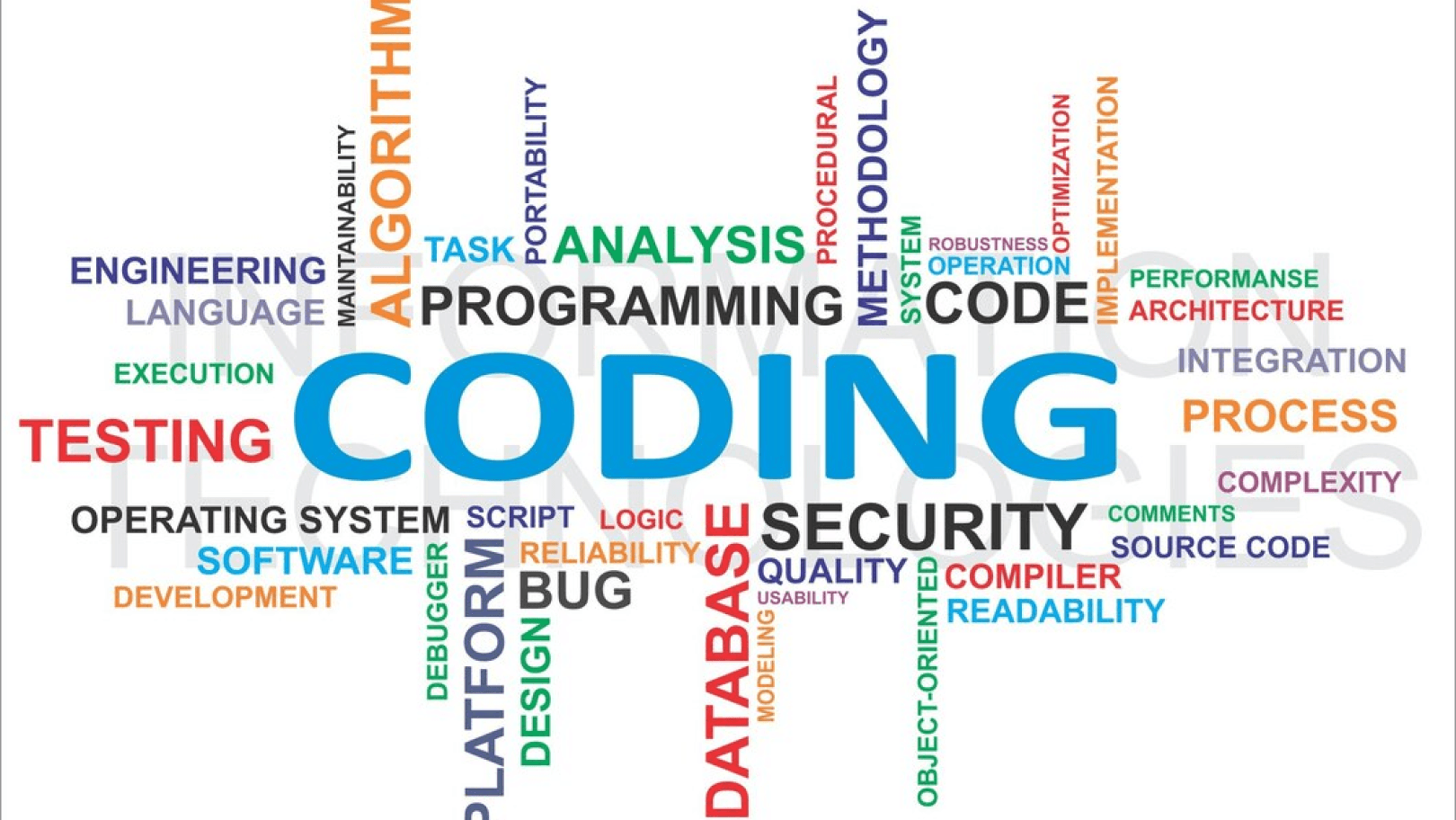1. Fundamentals: HTML, CSS, and JavaScript
At the core of frontend development are HTML, CSS, and JavaScript. Mastering these languages is the first step toward becoming a competent frontend developer.
- HTML5: Learn semantic tags, structure web pages, and understand accessibility.
- CSS3: Get comfortable with layout techniques like Flexbox, Grid,responsive design principles and CSS box model.
- JavaScript (ES6+): Focus on modern JavaScript syntax, DOM manipulation, events, and asynchronous programming.
Key Tools to Learn:
- Code Editor: Visual Studio Code is highly recommended.
- Browser DevTools: Chrome or Firefox DevTools for debugging and performance profiling.
- Version Control: Git and GitHub for tracking changes in your code.
2. CSS Preprocessors and Frameworks
To streamline your styling process and manage large-scale projects, CSS preprocessors and frameworks are invaluable.
- Sass/SCSS: Learn variables, nesting, and mixins to write clean, modular styles.
- Tailwind CSS: A utility-first framework that’s gaining popularity for speeding up development with pre-built classes.
- Bootstrap: Still relevant for quick prototypes and learning responsive design principles.
3. JavaScript Frameworks and Libraries
Frameworks and libraries help speed up your development process by providing reusable code and simplifying complex tasks.
- React: Arguably the most popular JavaScript library in 2024. Focus on hooks, state management, and component architecture.
- Vue.js: Great for beginners and small projects. Vue’s learning curve is gentle, and it's still widely used.
- Next.js: A React-based framework for building server-side rendered (SSR) and static websites. Learn it if you want to optimize for performance and SEO.
4. TypeScript
TypeScript has become a must-know in 2024 due to its ability to catch bugs early and enhance code readability.
- Learn how to write types and interfaces.
- Understand how to integrate TypeScript into your JavaScript projects, especially in frameworks like React.

5. Version Control and CI/CD
Knowing Git and version control is crucial, but you should also be familiar with Continuous Integration/Continuous Deployment (CI/CD) pipelines.
- Git: Master branching, merging, and pull requests.
- GitHub Actions or Jenkins: Automate your deployments, run tests, and ensure your code is production-ready.
6. Build Tools
Modern frontend development requires bundlers and task runners to optimize your code for production.
- Webpack: Learn how to bundle your assets and split your code for optimal loading performance.
- Vite: A fast build tool designed for modern JavaScript projects, especially useful when working with frameworks like React or Vue.
- ESLint & Prettier: Essential tools for maintaining code quality and consistent formatting.
7. Testing
Testing is a critical aspect of frontend development. Writing tests ensures that your code works as expected and prevents bugs in future releases.
- Jest: A popular JavaScript testing framework, especially for React applications.
- Cypress: End-to-end testing to verify user interactions and browser behaviors.
- React Testing Library: Used to test React components without relying on implementation details.
8. State Management
As your projects grow, managing state becomes more complex. Learn modern state management libraries that simplify this task.
- Redux Toolkit: Simplifies Redux by reducing boilerplate and providing sensible defaults.
- React Context API: Perfect for small to medium-sized applications.
- Zustand: A small, fast state management library, growing in popularity for its simplicity.
9. API Interaction
Understanding how to communicate with back-end services is vital for a frontend developer. You'll frequently work with APIs to fetch and send data.
- REST API: Learn how to consume REST APIs using
fetchor Axios. - GraphQL: Focus on GraphQL if you want to build more efficient, flexible data queries.
10. Responsive Design & Cross-Browser Compatibility
Ensuring your website works across different devices and browsers is a must in 2024.
- Media Queries: Master media queries and responsive units like
em,rem,%, andvw/vh. - CSS Grid & Flexbox: Essential tools for building responsive layouts.
- Cross-Browser Testing: Use tools like BrowserStack to ensure your app looks great on every platform.

11. Performance Optimization
In 2024, user experience is paramount, and one of the biggest contributors is how fast your website loads.
- Lazy Loading: Load resources like images and scripts only when needed.
- Code Splitting: Use Webpack or Next.js to split your code into smaller bundles.
- Service Workers: Leverage Service Workers and Progressive Web App (PWA) technologies to provide offline access and faster load times.
12. Soft Skills
Technical skills alone aren’t enough in 2024. Frontend developers must be excellent communicators and team players.
- Communication: Clearly explain technical concepts to non-developers.
- Collaboration: Learn how to work in teams using tools like Slack, Jira, or Trello.
Conclusion
The frontend development landscape continues to evolve rapidly, and the skills mentioned in this roadmap will help you stay relevant in 2024. Mastering these areas will not only make you a better developer but also improve your job prospects and ability to work on exciting projects. Focus on building a solid foundation, keeping up with industry trends, and continuously refining your skills.
